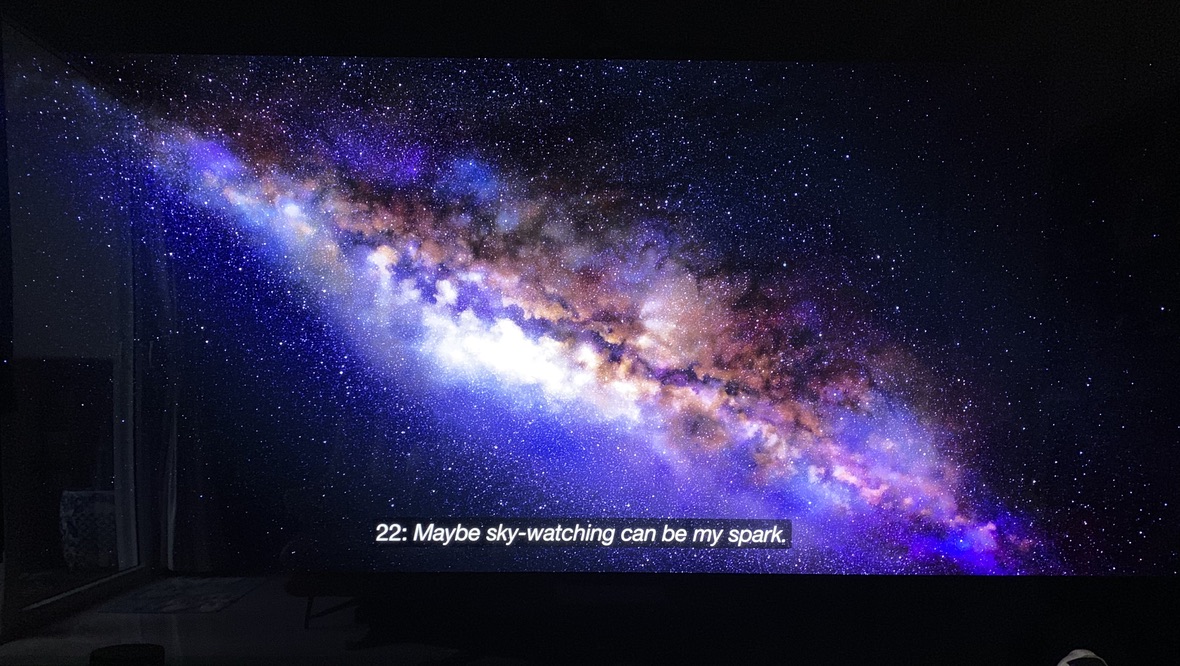What Will You Lose By Opting For A Budget Brand Or Online Brand Tv
So you have decided to get a new TV, and your social media account is inundated with feeds of ads from some new TV companies that you may have never heard of before.
Brands like Prism, ifFalcon, TCL, Hisense and such. Their main draw? Prices that are touted to be half that of the mainstream ones. Is this too good to be true?
Looking at the specs, many offer the same features that the mainstream brands have and some offer even more. Things like HDR, Dolby Vision, 4k, Atmos Sound, and promises of great picture quality.
Let's take a step back and see if this is true. Firstly, let's check the specs. It is meaningless to have stickers on the box that boast of HDR, Dolby Vision and similar features if the TV does not get bright enough to make a difference. Strictly speaking, you will need around 1000 nits, but at a basic level, your TV should be able to clear 500 nits for HDR videos to make a difference. Otherwise, it's moot.
See this previous post for more info: https://peteswrite.blogspot.com/2020/07/is-your-tv-really-hdr-capable.html
See this previous post for more info: https://peteswrite.blogspot.com/2020/07/is-your-tv-really-hdr-capable.html
Many of them will give you around 3-400 nits and it's ok for a dark room but in a brightly lit room that could be challenging.
The next thing is the contrast ratio. If they use IPS panels, the ratio can be as low as a few hundred. Contrast that (pun intended) with a typical VA panel which can go up to a few thousand easily. Then the OLED panels have a ratio which is infinite due to their ability to go to absolute darkness.
As for the panels, some offer VA, FALD (full array local dimming) but do check the number of zones and how it is implemented to see if it's really any good.
Next, see what kind of panels are used. In the attempt to bring value, they may use older tech, older panels and also resort to a lower standard when picking panels. The top tier panels from the main brands use the pick of the litter and that costs money.
Then we want to mention the operating system. Now the bigger companies aren't faultless, but they have a much bigger R&D department, so if there are bugs, they are more likely to offer firmware updates, and solutions. The OS is usually more stable and whether you get the top set or their entry level sets, the OS is usually good or there's a workaround on it's way.
The video chip is another way to save money and one should really try to examine the picture quality before you buy, or you will need to rely on online reviews for these budget brands, and that can be bias if the influencer is paid to tell you about that TV.
As for Atmos sound, well unless it's some kind of pseudo-sound processing, it's also moot. It is not possible to recreate a surround experience from the two tiny speakers built into these sets. Most of them have a bass frequency limit of 100Hz, which does not really give any meaningful bass.
However, having said that, most modern flatscreens don't give much bass, and the cash saved on a budget set can be used to buy a fine soundbar.
So here in lies the fundamental consideration:
Some of the budget brands give very good quality by offering the same quality it seems for much less money. They take out the middle man, and sell online, or sell at the box movers and still seem to give a lot more.
For the man who simply needs a TV to listen to the news, watch the occasional youtube video, almost any TV will suffice. Does the budget set break down more? That's up for debate, but given their price, you can shop for another easily.
But for the more discerning viewer, one who demands more quality, then take a moment to assess if the savings are worth it. It's pretty hard to sell or return a TV that you really dislike and having it sitting on your console for the next few years because you liked the prices so much that you did not pay attention to the image will be a mistake.
Or if the set is buggy, and needs attention but the customer service is lacking, that can be a real hassle. Brick and mortar stores also offer the options of extended warranties, the ability to see the set in person and try out the features.
Finally, check if the budget set is truly cheap. Often the street price of a mainstream set is much lower than the SRP and it comes pretty close to what the online brand is selling for. These sets often tell you that they are on sale, but that sale price seems to be permanently in effect so much so that no one you know actually paid the SRP for the set!
So do your homework, check the real life specs and whatever reviews you can get, and best of all, see the set in person and try all the features with a movie you are familiar with.
Caveat emptor and enjoy the new purchase!
I have no financial interest or other interests in any of the items / events I write about.




Comments
Post a Comment